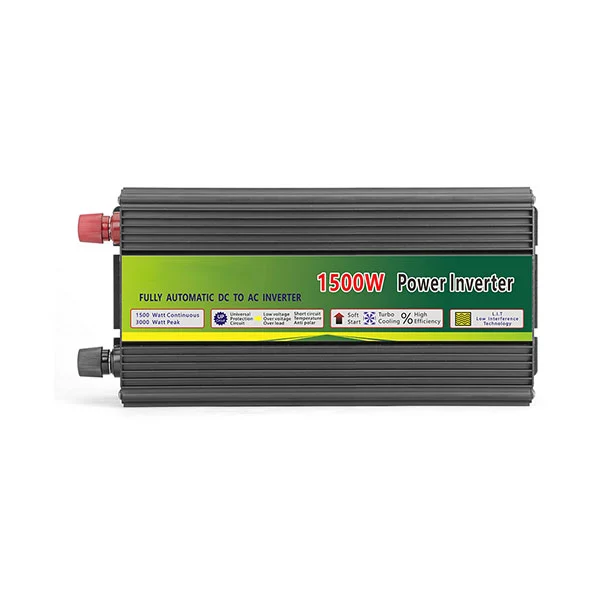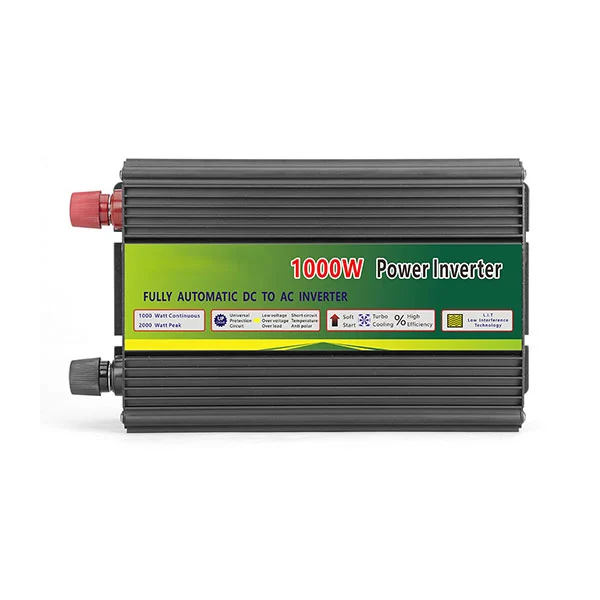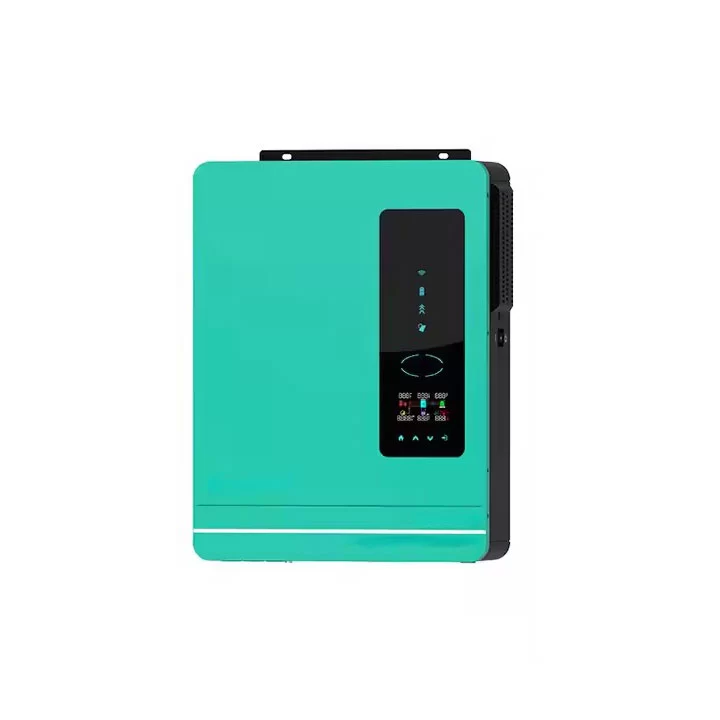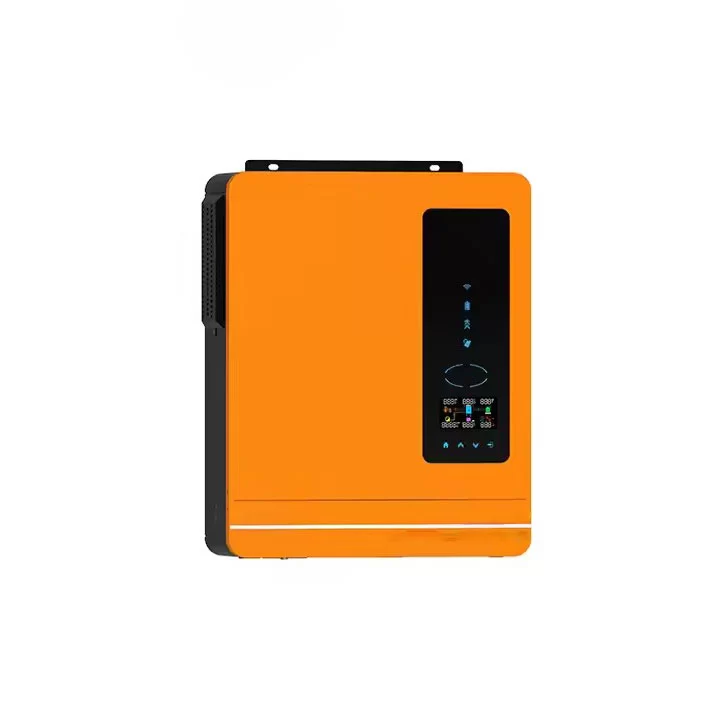We have a wide range of sine wave inverters that can be used in several areas like off-grid or standby power systems, caravans, boats, and renewable energy installation. They provide reliable, high-quality power that ensures electrical equipment operates efficiently with minimum chances of failure or damage.
If you don't see the information and inverters you need here, click on Service Support to find our specialized AI Data Customer Service.




An inverter is the power-electronic device that converts direct current into alternating current at the output, with a waveform falling near the sine wave of a standard grid power supply. These kinds of inverters find broad employment in all sorts of duties where one needs a stable and high-quality AC power source, ranging from a home to an industry, a ship, a vehicle, and so on.
The main working principle of the sine wave inverter is an inverter bridge, control logic, and filter circuit. Among them, SPWM Technology is the key to generating a pure sine wave. Average output power regulated a change in the signal's duty cycle-that means in a high-level duration-generated a smooth sine waveform.
Output Waveform: The output waveform of a sine wave inverter is only similar to that of the utility-similar waveform with low harmonic distortion, very suitable for most electronic devices, especially those requiring high power quality like laser printers, computers, TVs, and others.If you have equipment that demands high power quality, then it is recommended that you go for a pure sine wave inverter.
Power Requirement: While choosing the inverter power, the sum of total power of all the equipment to be used should be taken into consideration with some margin. In general, it is recommended to choose an inverter whose power is 20-50% higher than the total required power against sudden rises of starting current.
Input Voltage: The input voltage of the inverter should be chosen to be the same as the output voltage of the battery or power supply. In this situation, there commonly exist three kinds of input voltages: 12V, 24V and 48V.
Protection Functions: For safe and longtime stable operation of equipment, over-voltage, under-voltage, short-circuit, overload and over-temperature protection functions are better.
Brand and quality: Choose inverters produced by well-known brands, like Jue Jue, to make sure the product quality is good and the after-sales service is in place.
Price-performance ratio: Even though pure sine wave inverters are more expensive, the performance can be very stable and suitable for long-time use. If you have a limited budget, you could consider Modified Sine Wave inverter, which is cheaper and with enough performance for general needs.
Form factor and installation: Choose the appropriate form factor regarding the installation environment and follow the relevant operational instructions during installation to avoid damaging the equipment.
Choosing solar and wind energy storage systems is not just about saving money on your electricity bill
it's about having a clean, blue planet for future generations.
 en
en